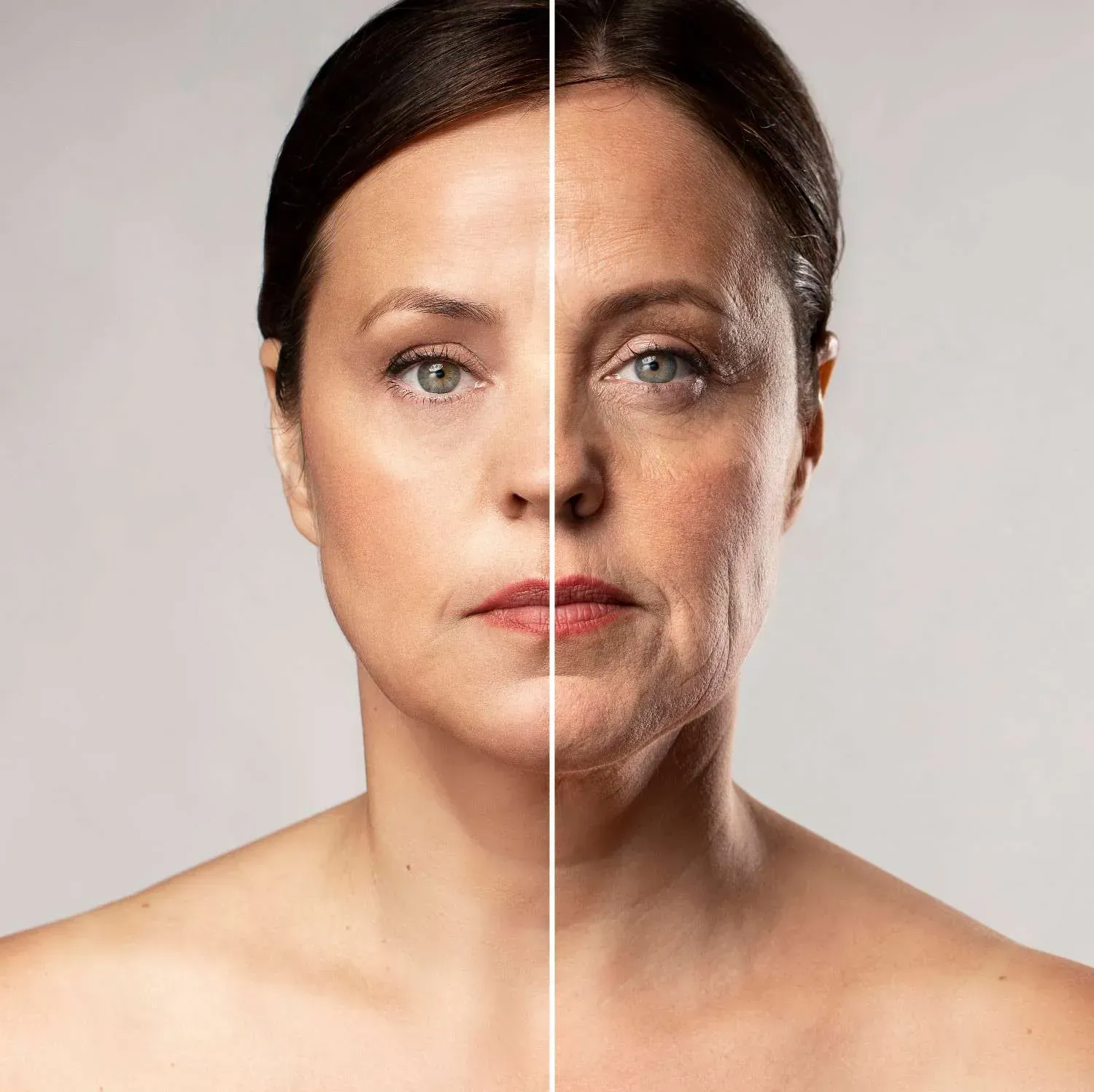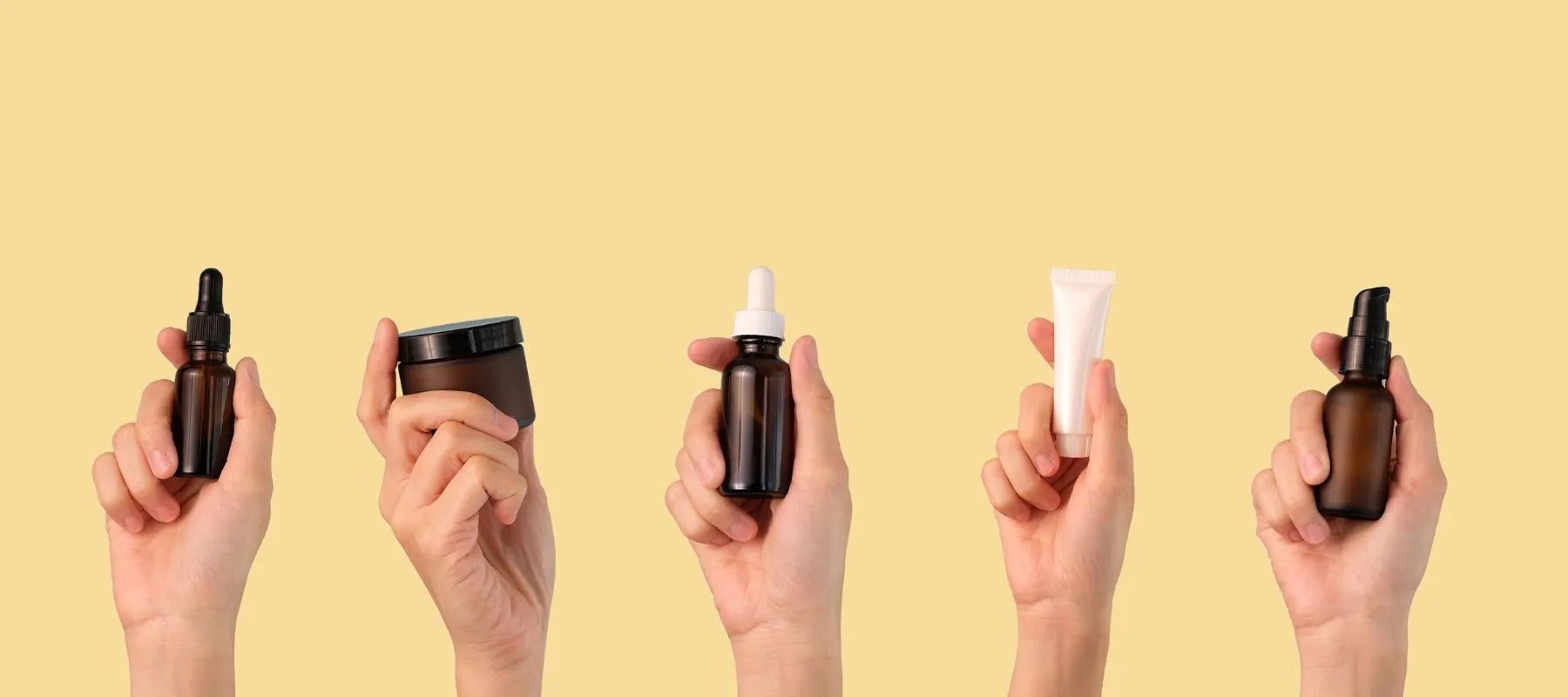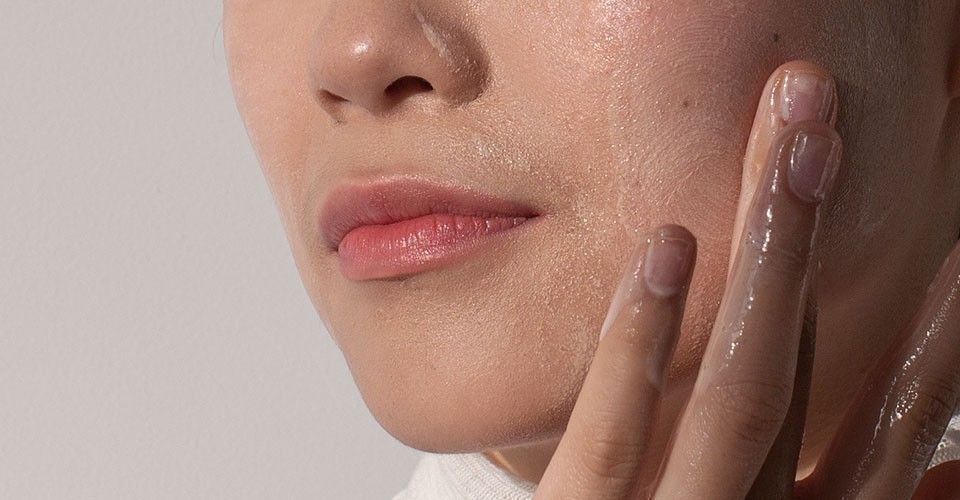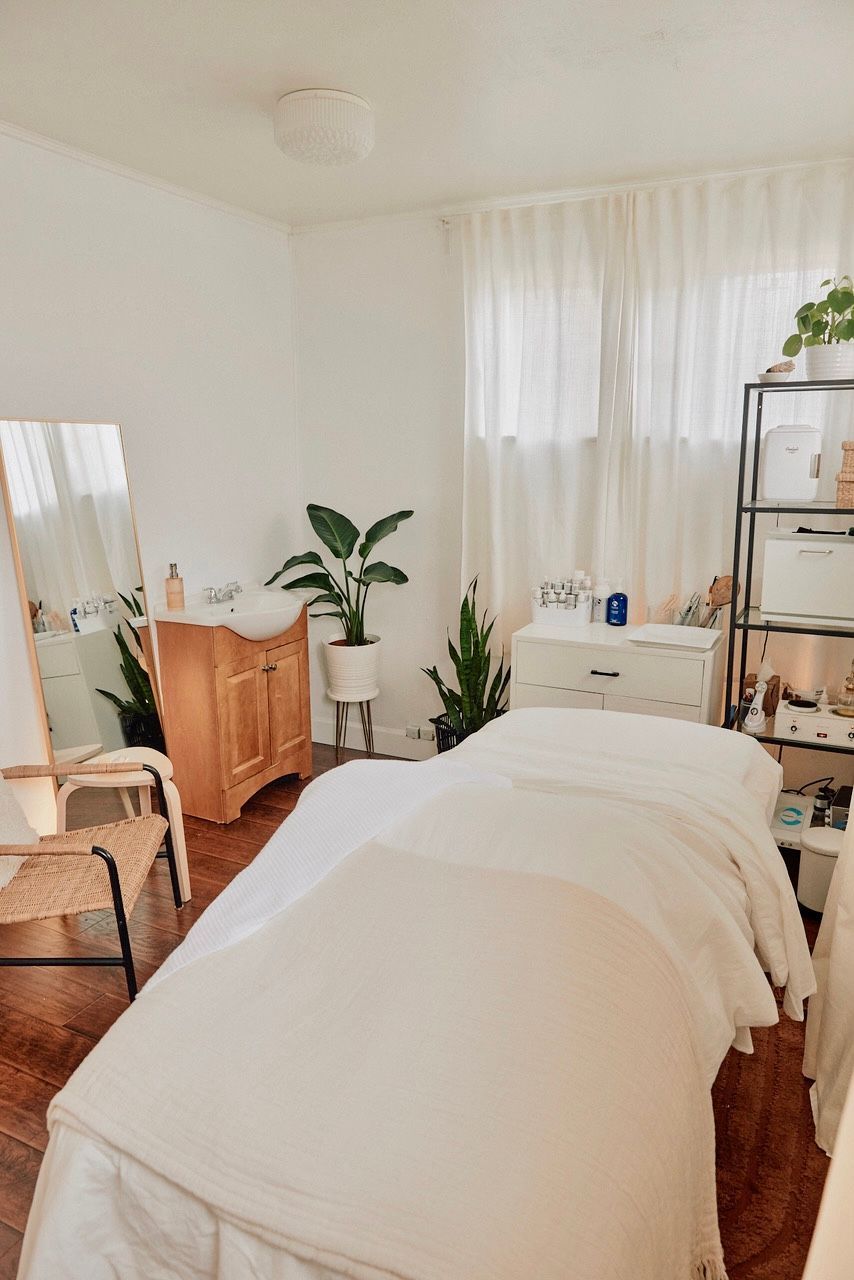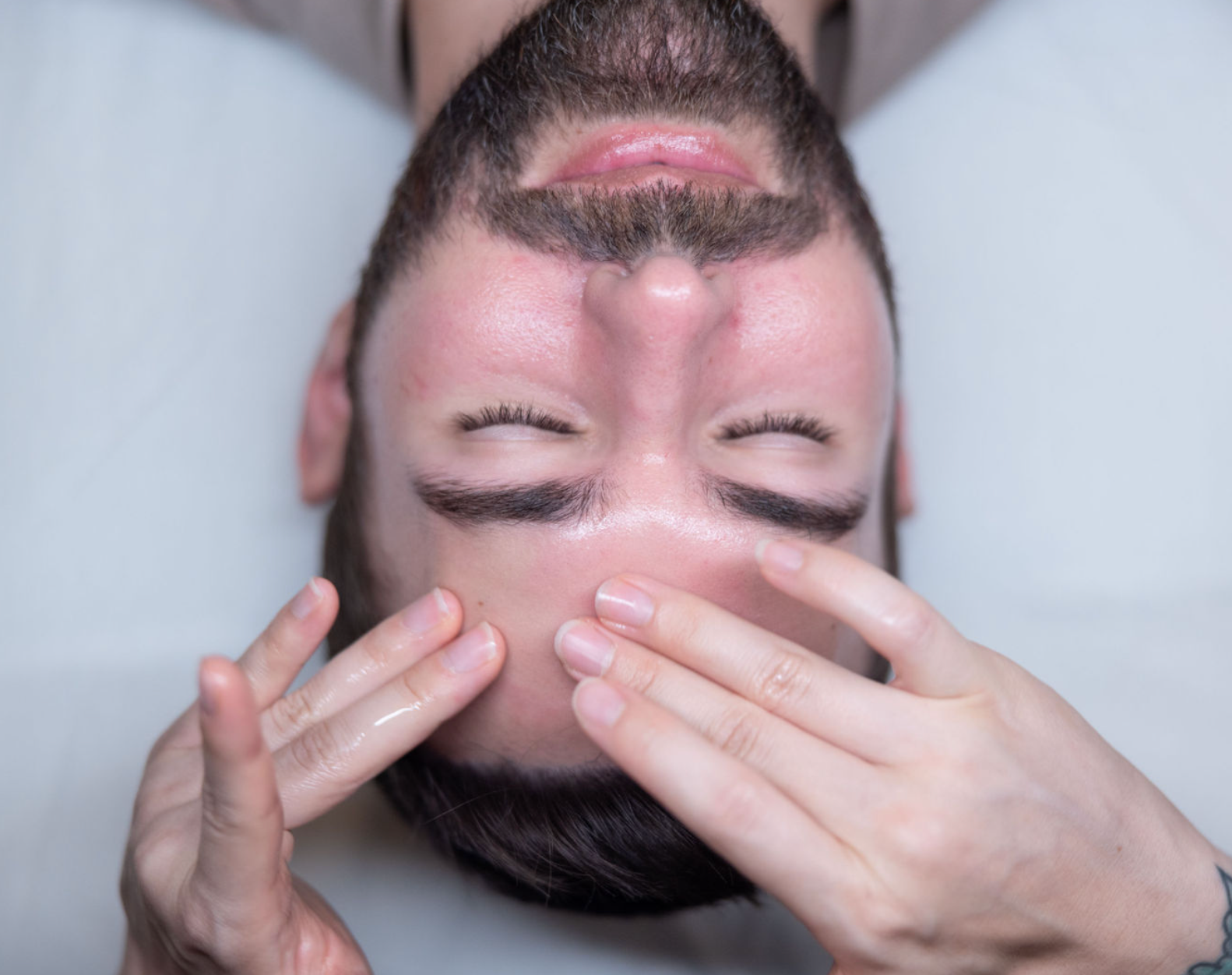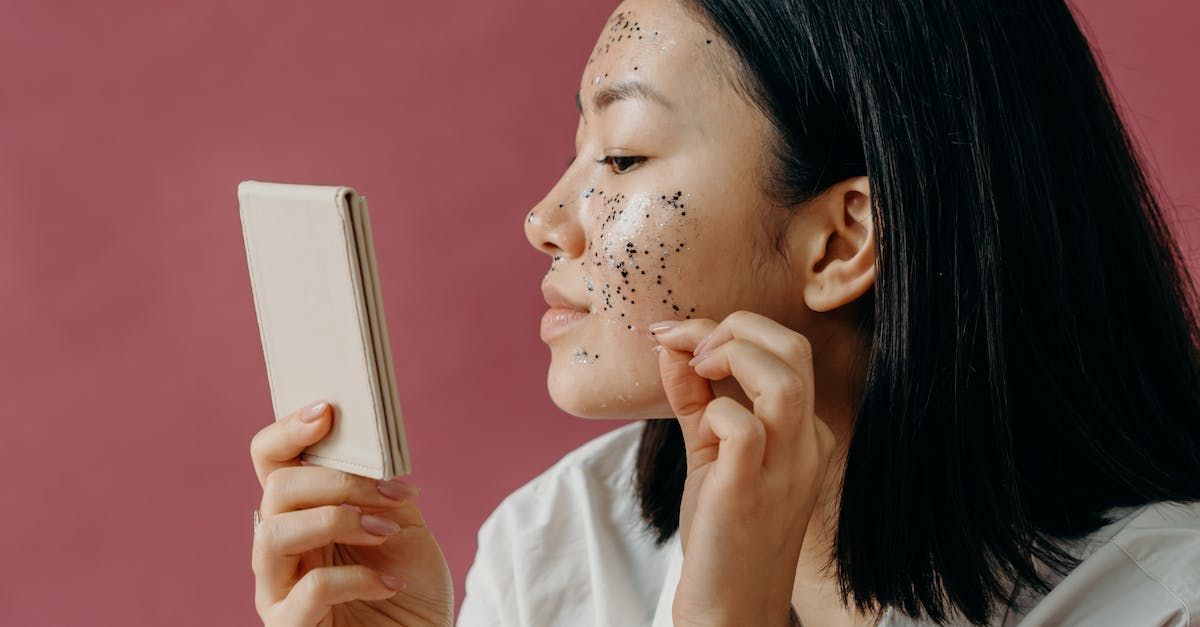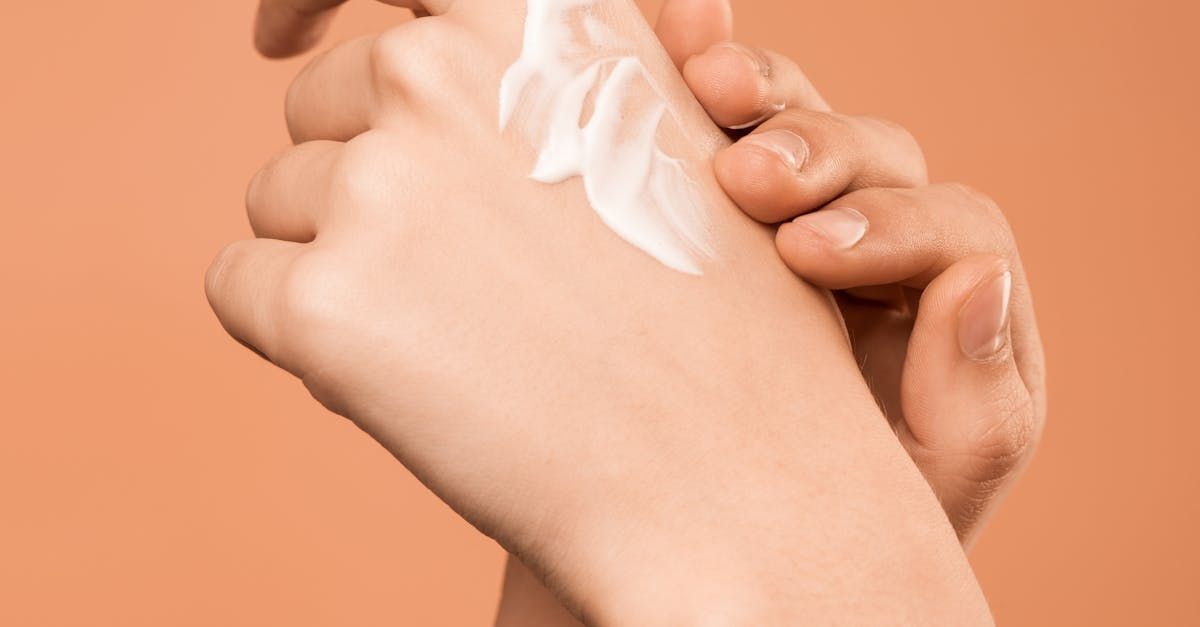ECM & Skin Aging: What Happens to Your Matrix?
The extracellular matrix (ECM) is your skin's support system. It's like the scaffolding that holds up a building, keeping your skin firm, smooth, and bouncy. As you age, this matrix starts to break down. This breakdown is what causes wrinkles, sagging, and other signs of aging. Understanding how your ECM works can help you make better choices for your skin health.
This article will explain exactly what happens to your skin's matrix as you get older. You'll learn about the key proteins involved, what causes them to break down, and what you can do to keep your skin looking its best. We'll cover everything from the science behind aging to practical tips you can use today.
What Is the Extracellular Matrix?
Your skin has three main layers. The top layer is called the epidermis. Below that is the dermis. The deepest layer is the hypodermis. The dermis is where most of your skin's ECM lives.
The ECM is made up of proteins and other molecules that fill the spaces between your skin cells. Think of it like a gel that holds everything together. Within the dermis, a dense network of ECM proteins provides structural support to the skin and regulates a wide variety of signaling pathways which govern cell proliferation and other critical processes.
The Main Players in Your Skin's Matrix
Your skin's ECM has several key components that work together:
Collagen makes up the biggest part of your skin's matrix. Type I and type III collagens are predominantly localized in the skin, with type I representing approximately 90% of body collagen content. It gives your skin its strength and structure.
Elastin helps your skin snap back into place when you stretch it. Though it's a smaller part of your skin, it's very important for keeping your skin flexible.
Hyaluronic Acid acts like a sponge. The key molecule involved in skin moisture is hyaluronic acid (HA) that has unique capacity in retaining water. It can hold up to 1,000 times its weight in water.
Proteoglycans help organize the matrix and keep it hydrated. They work with hyaluronic acid to maintain your skin's moisture levels.
Fibronectin helps cells stick to the matrix and communicate with each other.
How Aging Affects Your Extracellular Matrix
Aging changes your skin's matrix in several ways. These changes happen slowly over time, but they add up to create visible signs of aging.
Collagen Breakdown and Loss
One of the biggest changes that happens with aging is collagen loss. Starting in our mid-20s, collagen production decreases by about 1% per year. This might not sound like much, but it adds up over time.
The collagen you do have also gets damaged. Both intrinsic and extrinsic aging result in significant decreases in ECM-supporting proteoglycans and structural ECM integrity, evidenced by decreasing collagen abundance and increasing fibril fragmentation.
Changes in Collagen Structure
As you age, your collagen fibers don't just get less numerous - they also change shape. Young skin has collagen fibers that are tightly packed and well-organized. In contrast to those in young skin, which has abundant, tightly packed, and well-organized intact collagen fibrils, collagen fibrils in aged skin are fragmented and coarsely distributed.
This change in structure affects how your skin looks and feels. Fragmented collagen can't support your skin as well as healthy, organized collagen.
Matrix Metalloproteinases: The Matrix Breakers
Your body has special enzymes called matrix metalloproteinases (MMPs) that break down ECM proteins. Matrix metalloproteinases (MMPs) are the primary enzymes responsible for ECM breakdown. In young skin, these enzymes are balanced with the production of new matrix proteins.
As you age, this balance gets thrown off. Your skin starts making more MMPs while making less new collagen and other matrix proteins. This creates a cycle where your matrix keeps breaking down faster than it can be rebuilt.
Fibroblast Function Decline
Fibroblasts are the cells that make most of your skin's matrix proteins. During aging, fibroblast-ECM interactions become disrupted due to fragmentation of collagen fibrils. This disruption causes loss of fibroblast spreading and mechanical force, which inextricably lead to an "aged" phenotype; fibroblasts synthesize less ECM proteins and more matrix-degrading metalloproteinases.
This creates a vicious cycle. As the matrix breaks down, fibroblasts can't work as well. When fibroblasts don't work well, they make even less matrix and more enzymes that break it down.
Intrinsic vs. Extrinsic Aging of the Matrix
Your skin ages in two main ways. Understanding both types helps you protect your matrix better.
Intrinsic Aging: Natural Time-Related Changes
Intrinsic aging happens just because time passes. It's the natural aging process that would happen even if you lived in a bubble with no sun or pollution.
Proteins with the most significant reductions in solubility during intrinsic aging, measured by comparing solubility in young and aged hip skin, include COL1A1, COL4A2, lysyl oxidase (LOX), and biglycan.
In intrinsic aging, your skin generally becomes thinner and drier. You might notice fine lines and some loss of firmness, but the changes are usually gradual and subtle.
Extrinsic Aging: Sun and Environmental Damage
Extrinsic aging is caused by outside factors, especially sun exposure. This type of aging affects your matrix much more dramatically.
Proteins most significantly shifted toward the insoluble fraction specifically during photoaging, measured by comparing solubility in aged hip and forearm skin, include COL5A3, fibrillin-1 (FBN1), extracellular matrix protein 1 (ECM1), and laminin subunit gamma-1 (LAMC1).
Sun damage creates deep wrinkles, age spots, and leathery skin texture. It also makes your skin lose elasticity much faster than natural aging would.
The Role of Hyaluronic Acid in Skin Aging
Hyaluronic acid (HA) deserves special attention because it's so important for keeping your skin plump and hydrated.
How HA Changes with Age
In the skin, photoaging results in abnormal GAG content and distribution compared with that found in scars, or in the wound healing response, with diminished HA and increased levels of chondroitin sulfate proteoglycans.
Your skin doesn't just lose HA as you age - the HA that remains often becomes less effective. The molecular weight of HA changes, which affects how well it can hold water.
HA and Skin Moisture
Young skin is about 70-80% water in the dermis. HA plays a huge role in keeping this water where it belongs. In human skin, the epidermal ECM contains 25 µg of HA/g of fresh epidermis, while the dermis contains between 120 and 200 µg of HA/g of fresh dermis.
When you lose HA, your skin can't hold onto water as well. This leads to dryness, which makes fine lines more visible and affects your skin's overall appearance.
What Causes ECM Breakdown?
Several factors contribute to the breakdown of your skin's matrix. Understanding these can help you protect your skin better.
UV Radiation Damage
Sun exposure is one of the biggest threats to your ECM. UV rays damage your matrix in multiple ways:
- They create free radicals that damage collagen and other proteins
- They activate MMPs that break down your matrix
- They reduce your skin's ability to make new collagen
UV irradiation causes alternations of dermal collagen through two primary pathways: 1) stimulation of collagen breakdown, resulting in fragmented, disorganized collagen and 2) inhibition of procollagen biosynthesis, resulting in loss of collagen content.
Oxidative Stress
Free radicals from sun exposure, pollution, and normal metabolism damage your ECM over time. ROS are produced in cellular structures such as membranes, lysosomes, and mitochondria. Their formation can be exacerbated by external agents including ultraviolet (UV) light, tobacco, infections and chemicals.
Your body has natural defenses against free radicals, but these defenses get weaker as you age.
Hormonal Changes
Hormones play a big role in maintaining your skin's matrix. In the 5 years following the onset of the menopause you can expect to lose around 30% of collagen and this loss will continue at around 2.1% a year.
This is why many people notice their skin changing significantly during menopause.
Lifestyle Factors
Several lifestyle choices can speed up ECM breakdown:
- Smoking reduces blood flow to your skin and increases free radical damage
- Poor diet doesn't provide the nutrients your skin needs to maintain its matrix
- Lack of sleep affects your skin's ability to repair itself
- Stress can increase inflammation that damages your matrix
How to Protect and Support Your ECM
The good news is that you can take steps to protect your skin's matrix and even help rebuild it.
Sun Protection: Your First Line of Defense
Using sunscreen every day is the most important thing you can do for your ECM. UV radiation causes collagen to break down at an increased rate.
Choose a broad-spectrum sunscreen with at least SPF 30. Apply it every morning, even when it's cloudy or you'll be indoors most of the day.
Topical Treatments That Work
Several ingredients have been proven to help protect and rebuild your ECM:
Retinoids are considered the gold standard for anti-aging. Retinoids are still considered the gold standard for clinically effective topical antiaging products. They help boost collagen production and reduce the breakdown of existing collagen.
Vitamin C is essential for collagen production. Vitamin C is essential for collagen production, your body cannot make collagen without it, it is required for the cross linking of collagen fibres into their strong rope like triple helix structure.
Peptides can help signal your skin to make more collagen and other matrix proteins.
Hyaluronic Acid in skincare products can help keep your skin hydrated, though topical HA can't replace what you've lost in your dermis.
Professional Facial Treatments
Professional treatments can provide deeper benefits than at-home skincare:
Chemical Peels remove damaged surface skin and can stimulate new collagen production.
Microneedling creates tiny injuries that trigger your skin's healing response, leading to new collagen formation.
Clinical Skin Services can provide targeted treatments based on your specific skin needs.
Nutrition for Your Matrix
What you eat affects your skin's ability to maintain its matrix:
Protein provides the building blocks for collagen and other matrix proteins. Include high-quality protein sources in your diet.
Vitamin C from fruits and vegetables supports collagen production.
Antioxidants from colorful fruits and vegetables help protect your matrix from free radical damage.
Omega-3 fatty acids from fish and other sources help reduce inflammation that can damage your matrix.
Lifestyle Changes That Help
Simple lifestyle changes can support your ECM:
- Get enough sleep to allow your skin to repair itself
- Manage stress through exercise, meditation, or other healthy activities
- Stay hydrated to support your skin's moisture levels
- Don't smoke, and avoid secondhand smoke when possible
The Science Behind ECM Regeneration
Recent research has shown that it's possible to stimulate new ECM production, even in mature skin.
How Fibroblasts Respond to Treatment
Polyphenols in combination with short exposure to UVA light increase extracellular matrix deposition of elastin and collagen and may improve skin properties.
This research shows that certain compounds can actually help your fibroblasts make more matrix proteins.
The Role of Growth Factors
Growth factors are signaling molecules that tell your cells what to do. Some treatments work by delivering growth factors that encourage matrix production.
Emerging Technologies
New technologies are being developed to better support ECM health:
- Stem cell therapies that can potentially regenerate damaged matrix
- Advanced delivery systems that get active ingredients deeper into your skin
- Personalized treatments based on your specific matrix needs
Common Myths About ECM and Aging
Let's clear up some common misconceptions:
Myth: You can completely reverse ECM aging Reality: While you can improve your matrix health significantly, completely reversing aging isn't currently possible.
Myth: Expensive products are always better Reality: Some of the most effective ingredients for ECM health are available in reasonably priced products.
Myth: ECM changes only happen on your face Reality: ECM aging affects all of your skin, including areas that are usually covered.
Myth: It's too late to start caring for your ECM Reality: It's never too late to start protecting and supporting your skin's matrix.
When to Seek Professional Help
Consider consulting with a skincare professional if:
- You're noticing significant changes in your skin's texture or firmness
- Your current routine isn't giving you the results you want
- You have specific concerns about sun damage or aging
- You want a personalized approach to ECM health
Professional treatments like those offered at Signal Skin Science can provide more targeted support for your skin's matrix health.
The Future of ECM Research
Scientists continue to learn more about how the ECM works and how to support it better. A large body of evidence for the ECM to qualify as a hallmark of aging is emerging, and the data in invertebrates is promising.
Future treatments may include:
- More targeted approaches to rebuilding specific matrix components
- Better understanding of how different matrix proteins work together
- New ingredients that can more effectively stimulate matrix production
Final Thoughts
Your skin's extracellular matrix is the foundation of healthy, youthful-looking skin. While aging inevitably affects this matrix, understanding how it works gives you the power to protect and support it better.
The key is to start early with sun protection and continue with a comprehensive approach that includes good skincare, professional treatments when needed, and healthy lifestyle choices. Remember that consistency is more important than perfection - small daily habits add up to significant benefits over time.
Whether you're just starting to notice changes in your skin or you've been concerned about aging for a while, it's never too early or too late to start caring for your ECM. Your future self will thank you for the steps you take today to protect and support your skin's matrix.
Ready to give your skin's matrix the support it deserves? Consider booking a consultation to learn more about personalized treatments that can help keep your ECM healthy and your skin looking its best.
